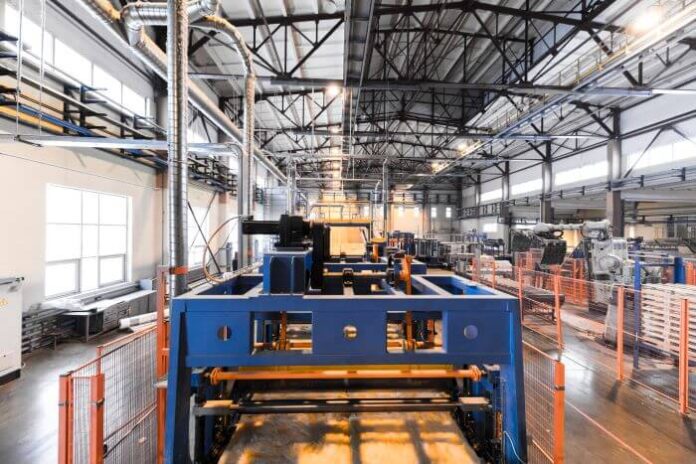The production of plastics has evolved significantly over the years, incorporating advanced technologies and methodologies to meet the increasing demands for quality, durability, and versatility. Among these innovative processes, co-extrusion stands out as a sophisticated technique that allows the creation of multi-layered plastic products with distinct characteristics.
This article delves into the intricate world of co-extrusion, shedding light on its principles, applications, and the expertise required to navigate this complex field.
Understanding Co-Extrusion
Co-extrusion is a process where two or more different polymers are extruded together through a single die to produce a single piece with multiple layers. Each layer of the material can offer distinct properties, such as UV resistance, soft-touch surfaces, or enhanced strength, allowing for a composite material that combines the best attributes of each polymer.
To find out more on co extrusion process, it’s essential to explore the various techniques and machinery involved. This process is not just about mixing materials; it is an art that requires precise control and a deep understanding of material behavior under different conditions.
The Role of Technology in Co-Extrusion
The pivotal role of technology cannot be overstated. At the heart of this process are sophisticated extruders that meticulously blend and shape multiple polymers into a unified product.
These extruders are supported by precise control systems, ensuring that each layer of the extruded material meets exact specifications regarding thickness, composition, and physical properties.
The complexity of co-extrusion necessitates advanced dies capable of managing the intricacies of multi-layered material flows, ensuring uniformity and consistency in the final product.
By integrating state-of-the-art technology, players in the market, as Bausano, ensure that its machinery can adeptly manage a wide array of materials, each with its unique viscosity and melting point characteristics. This versatility is crucial for a seamless co-extrusion process, enabling the production of composite materials that combine the best properties of each layer.
Applications of Co-Extrusion in Industries
The utility of this process extends across various industries, each capitalizing on this process’s unique benefits. In the realm of packaging, co-extruded films are a game-changer. These films combine layers with distinct properties, such as moisture barriers, oxygen barriers, and UV protection, to extend the shelf life of food products.
This multi-layered approach enhances product protection and opens new possibilities in packaging design and functionality.
The construction industry benefits immensely from co-extruded materials’ structural and aesthetic versatility. For example, co-extruded window frames and pipes can offer an external layer resistant to weathering and UV radiation, while the internal layers provide strength and thermal insulation. This multifunctionality is essential in modern construction, where materials are expected to perform multiple roles.
In the automotive sector, co-extrusion plays a critical role in components’ visual appeal and functional performance. From flexible seals that offer superior weather resistance to multi-layered interior trims that combine aesthetics with durability, co-extruded products are integral to the modern vehicle.
Combining materials with different colors, textures, and properties in a single extrusion process allows for innovation in design and functionality, contributing significantly to the automotive industry’s ongoing evolution.
The widespread applications underscore its importance in contemporary manufacturing. By enabling the production of materials that are not only versatile but also high-performing, co-extrusion supports industries in meeting the growing demands for quality, durability, and aesthetic appeal in their products.
Overcoming Challenges in Co-Extrusion
Despite its numerous advantages, co-extrusion presents challenges requiring a comprehensive understanding of polymers and extrusion processes. Material compatibility is a significant factor, as not all polymers can be co-extruded.
Thermal stability, viscosity, and interlayer adhesion also play critical roles in determining the success of the co-extrusion process. Overcoming these challenges requires continuous research and development and a willingness to innovate and adapt.
The Future of Co-Extrusion
The future of co-extrusion looks promising, with ongoing advancements in materials science and extrusion technology. The demand for sustainable and eco-friendly plastics drives innovation in using biopolymers and recycling processes in co-extrusion. Furthermore, integrating digital technologies, such as IoT and AI, into extrusion lines enhances process control and efficiency, paving the way for smarter and more sustainable plastic production.
Co-extrusion in plastic production represents a perfect blend of art and science, where material knowledge, technical expertise, and creative engineering come together to produce materials that meet the evolving needs of various industries.







